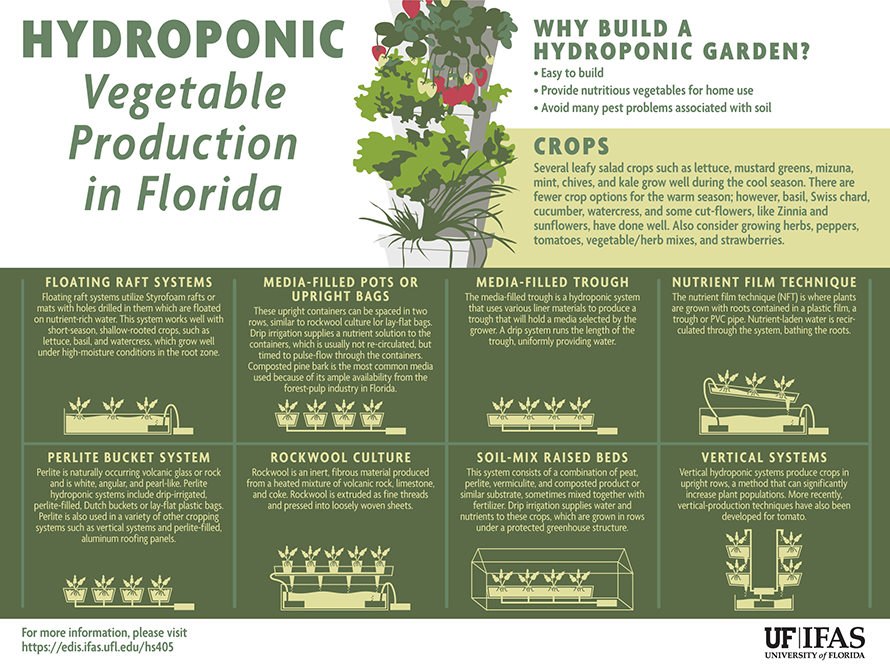Recognize Essential Signals That May Recommend Your Tree Is Harmful; Comprehending These Can Assist Ensure The Safety Of Your Residential Or Commercial Property And Liked Ones.What Should You Observe Next?
Recognize Essential Signals That May Recommend Your Tree Is Harmful; Comprehending These Can Assist Ensure The Safety Of Your Residential Or Commercial Property And Liked Ones.What Should You Observe Next?
Blog Article
Web Content Produce By-Winther Connell
When it comes to tree care, recognizing the indications that it's time for elimination is essential for your safety and security and building. recommended site might discover discolored leaves, wilting branches, or strange fungal growths indicating health issue. Structural problems, like a considerable lean or cracks in the trunk, can additionally present risks. Comprehending these warning signs can aid you make educated decisions about your trees and avoid prospective risks lurking in your yard. What should you try to find following?
Indications of Degeneration and Condition
When you see signs of decay and disease in your trees, it's critical to act rapidly. Seek stained leaves, wilting branches, or unusual developments like fungi. These can suggest that your tree is battling.
If you see cracks in the bark or soft, mushy wood, these signs recommend inner degeneration. In addition, an abrupt increase in insects around your tree can signify that it's damaged and at risk.
Look for any dead or passing away arm or legs, as they present a risk to your residential or commercial property and safety and security. If you doubt about what you see, consulting an arborist can supply clearness.
Dealing with these signs early can conserve you from more extensive damage and ensure the health and wellness of your lawn. Do not wait till Read Full Report 's far too late.
Structural Instability and Leaning
As you observe your trees, watch out for any signs of structural instability or leaning. If a tree leans significantly, it may indicate that the root system is endangered.
Seek any type of splits in the trunk or dirt around the base; these can signify potential failing. In addition, check for uncommon development patterns, like an uneven crown, which may suggest that the tree is struggling to hold itself upright.
If you observe that the tree favors your home, high-voltage line, or other frameworks, it presents a better danger. Don't overlook these indications-- get in touch with an arborist to analyze the situation.
Doing something about it early can prevent pricey damage and ensure your safety and security.
Dead or Perishing Branches and Vegetation
If you discover dead or dying branches and foliage on your tree, it's a clear indication that something's wrong.
These undesirable locations can show underlying issues like illness, parasite invasions, or environmental tension. When branches shed their leaves or transform brownish, they're no more contributing to the tree's health. Ignoring these indications could lead to more decline, making your tree more hazardous.
Dead branches can easily break short throughout storms, presenting a risk to building and people nearby. It's vital to examine the level of the damage.
If the problem affects a considerable part of the tree, consider seeking advice from an expert. They can aid identify if elimination is required to guarantee security and maintain the beauty of your landscape.
Verdict
If you discover any signs of decay, structural instability, or dead branches on your trees, don't disregard them. These indications can pose significant safety dangers to you and your building. It's always best to consult a specialist arborist who can supply a specialist evaluation of your trees. Doing something about it early can protect against accidents and pricey damages, ensuring your landscape continues to be safe and healthy. Remember, https://www.ky3.com/content/news/Tree-service-company-responds-to-On-Your-Side-Investigation-570289931.html to be proactive about tree treatment than to await a catastrophe to take place.
